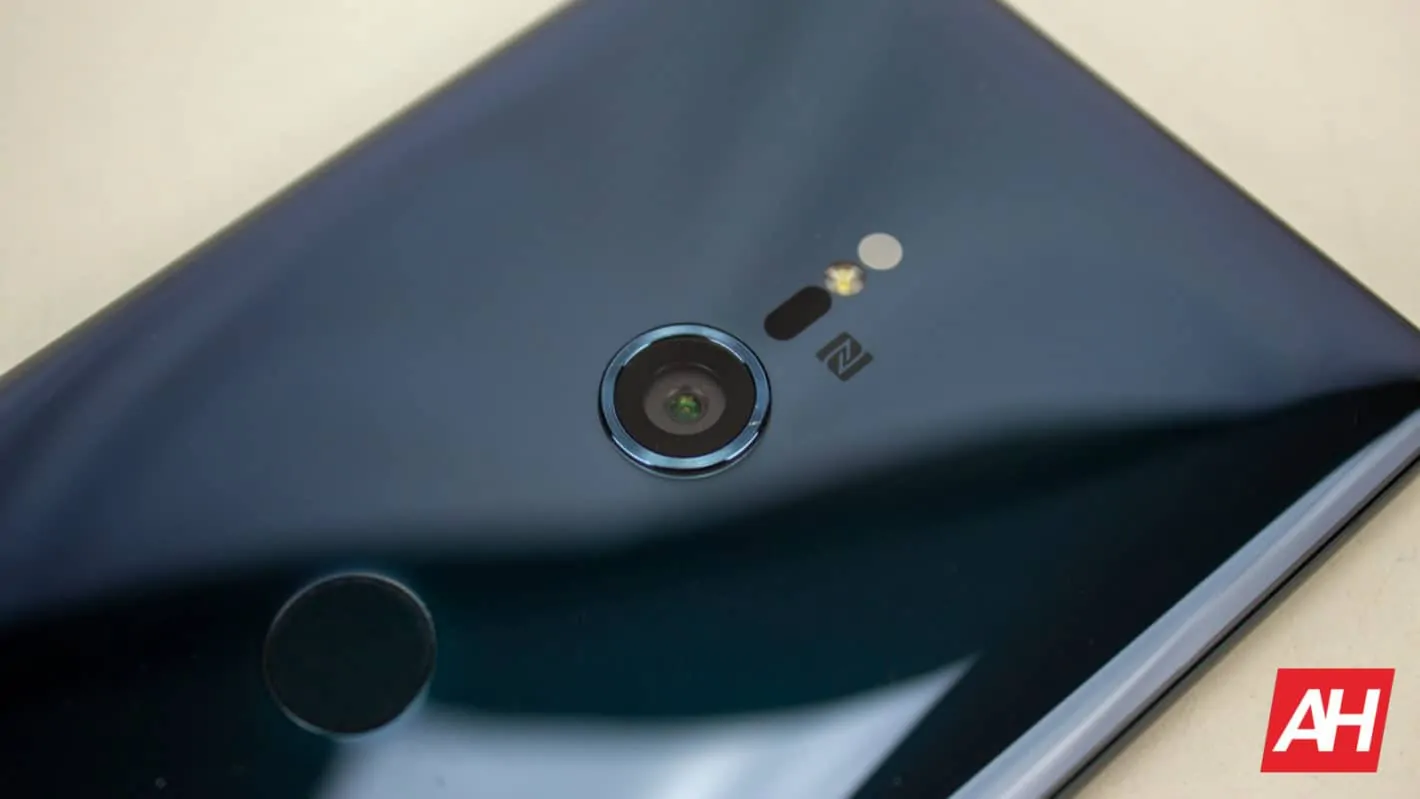Sony is optimistic about sales of its time-of-flight (ToF) 3D camera sensors and has increased production in spite of downturns in overall mobile shipments, the head of Sony’s sensor division Satoshi Yoshihara indicated in a recent interview. ToF sensors depend on a LiDAR-based method much more typically found in self-driving cars and similar technologies that generate 3D depth models. Laser pulses are sent out and computations centered around the known speed of light are used to determine much more precisely how far away a given object is as well as how far away various parts of that object are. Its most common mobile uses include measuring the curves of faces for facial recognition that works in the dark and regardless of whether the user is wearing a hat, sunglasses, or other accessories. It’s also commonly used to sense depth for improved nighttime or low-light mobile photography. Mr. Yoshihara says that Sony expects the technology to continue being implemented at an increasing rate and to have a similar impact on the mobile market to that of cameras themselves.
Demand is growing in spite of market downturns
Exact details about the increase were not provided but mass production started in the summer of 2018 and the resulting bolster for Sony’s earnings isn’t expected to be seen until the end of the first yearly quarter in 2019. Currently, Sony provides sensors for around half of the world’s smartphones including those from top brands such as Samsung, Huawei and Huawei subsidiary HONOR, and others. HONOR is among the most recent OEMs to have already included Sony’s 3D ToF sensors in its devices, with the HONOR View 20. Although information about its implementation alongside the 48-megapixel shooter in that phone is relatively slim, Mr. Yoshihara has inadvertently indicated that only two 3D chips are required for that device. One of those is required at the back and another for the front. Samsung’s as-yet-unannounced 6.7-inch Galaxy S10 5G — codenamed Beyond X — is also expected to ship with the modules for both its rear-facing quad camera and forward facing dual shooter. That’s all in spite of a downward trend in shipments and sales globally over the past several years.
Shipments for the third quarter of 2018, according to IDC, fell by around 6-percent year-over-year. For the full year, the drop was around 3-percent and 2019 isn’t expected to be much better with a growth of around 2.6-percent. Sony’s own revenues have continued to grow in spite of the downturn in 2018, driven primarily by sales of hardware related to camera sensors. That growth rate came in at around 12.4-percent according to IDC, marking a return to positive growth from 2017. Sony is hoping to generate excitement to combat the downturn more widely, outside of its own figures, through software features that are really only currently possible with the accuracy of ToF 3D camera sensors. Mr. Yoshihara indicates that the revolutionary nature of those features may be the most important area of focus for manufacturers looking to create excitement moving forward.
3D models and gesture-based experiences
To highlight the range of features possible with ToF 3D camera sensors and the subsequently generated 3D models, Sony also took the opportunity to show off some of its own ideas during its interview. Those ranged from gesture controls to gaming and more. One demonstration showcased how two users could use the sensors in the primary camera to play a game that involved casting spells at one another, with effects and animations shown more accurately over top of the real world. It also highlighted that accuracy using a virtual goldfish that was able to be placed within the room and to swim around and interact with objects in the room.
The company has also started providing toolkits for developers so that its chips can be used more effectively to meet its ambitious goals. Those can be used to create similar experiences to those the company itself has demonstrated or go far beyond that. Sony provides further examples like helping shoppers fit products to their homes using virtual versions of those and AR or the creation of avatars and face models for use in communication apps. Gesture controls that don’t require touch input or more interactive and creative navigation-type applications could also be created using the sensors, in addition to AR games that more accurately show virtual characters in the real world. Some of those features have already been taken advantage in the above-mentioned HONOR-branded handset but all of that should mean an interesting year to come for smartphones from manufacturers that choose to take advantage of the latest Sony innovations.

